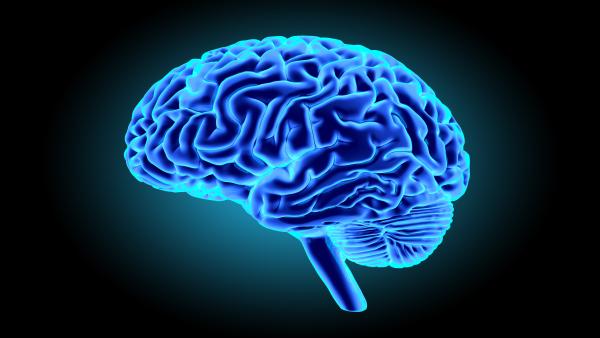Otto Warmbier, the college student arrested and detained in North Korea, returned to the United States in a "coma" that has endured since March 2016. Early accounts of the North Korean government's version of events alleged an unfortunate combination of botulism and sleeping pills caused it. His father disputes the credibility of this claim.
This morning, the spokesperson from the hospital caring for him indicated he was stable and sustained "severe neurological injury." More insight will be forthcoming as a hospital press conference is expected later today.
Since wrong information tends to spread in these scenarios, let's shift gears to discuss comas, in general, and clarify any falsehoods.
Important concepts to understand about the brain and central nervous system...
The brain likes to be left alone and function as intended. It is happy when blood is flowing where it should be and delivering proper nourishment and oxygen. When a bleed is caused by a vessel rupture, head trauma or there is a tumor, for example, the brain gets irritated and may swell -- thereby increasing the intracranial pressure, causing compression and restricting its own blood flow. This can occur from traumatic and nontraumatic events or conditions. If it swells to a certain degree against the fixed skull, then catastrophic herniation can take place. In these instances, anatomy gets repositioned. Depending on extent, location and mechanism of injury, overall instability, reduced consciousness, death and profound neurological impairment can occur. If identified early and aggressive intervention provides relief of this mounting pressure, then outcomes can be more promising.
Everything in this organ system comes down to real estate. When it is the brainstem that gets very damaged, an individual's rudimentary ability to sustain an awakened state, be conscious, swallow, control his/her own respiratory and circulatory systems is threatened. It is the conduit for motor and sensory messages to be relayed between the central and peripheral nervous system. When brain tissue superior to this area is involved, what makes you you is at risk. This portion controls our higher executive function, personality, judgment, capacity to reason etc.
To understand the big picture and any presumptive clinical course, the history of what prompted the problem to begin with is most helpful. A coma reflects a protracted period of unconsciousness. It can endure for short or long spans of time (e.g. days to weeks to years). It can be medically-induced for protective reasons, typically in acute scenarios.
What are some causes of coma?
They include both structural and nonstructural etiologies. Traumatic and nontraumatic triggers. Some in this list could fill more than one category, but it provides some insight into the vast scope.
- Traumatic Brain Injury albeit accidental like a motor vehicle accident or intentional as a victim of violence. The trajectory is described in the previous section.
- Electrolyte disturbances/Metabolic/Endocrine Disorders Cerebral edema (aka swelling) can result from sodium derangement in cases of water intoxication or too rapid repletion. Patients with diabetes can develop a coma when their blood sugar remains critically high or gets too low. Hypothyroidism, liver and kidney failure.
- Toxins build up when the liver or kidneys fail or with carbon monoxide poisoning, severe asthma.
- Overdoses medications or illicit drugs, excessive alcohol, narcotics, polypharmacy
- Oxygen deprivation from acute events like cardiac arrest, choking, drowning, ischemic strokes, infarcts
- Brain Bleeds from arteriovenous malformations, aneurysm ruptures, hemorrhagic strokes, high blood pressure.
- Infection - Meningitis and encephalitis can contribute to brain swelling. Abscesses and sepsis.
- Seizures
How are comas treated?
With supportive care and correcting the inciting event when possible. When a person requires intubation and mechanical ventilation, managing their secretions and paying particular attention to developing infections like pneumonia are mainstays of therapy. Our natural ability to walk, talk, breathe, eat and maintain continence of urine or stool allows us to enable optimal health. Once bedridden or incapable of these bodily functions, you are at risk of blood clots, bed sores, pooling of secretions in the lungs and collapsing of tiny airways which are all situations that predispose you to infections and complications. Measures to reduce intracranial pressure are employed when necessary. Medications to control blood pressure might be important. Again, this depends on why the coma occurred and how significant the individual's deficits. Physical and respiratory therapy as well as optimizing nutrition often play essential roles.
What is the prognosis of a coma?
Knowing the cause is a more useful predictor, but can still contribute unknowns. If the underlying condition can be corrected, then the outcome holds greater promise. The longer the duration the more likely there will be neurological impairments. The extent and location of damage is important in making any assessments for future recovery --as brain tissue doesn't regenerate. In the very young, the brain has more plasticity so if a part is compromised another area might be able to compensate. We lose this ability as we exit early childhood and age. Comas can be brief and reversible or persist for years. When there are profound neurological problems, the individual variability is a significant component and re-learning basic functions might entail longer term therapies.




